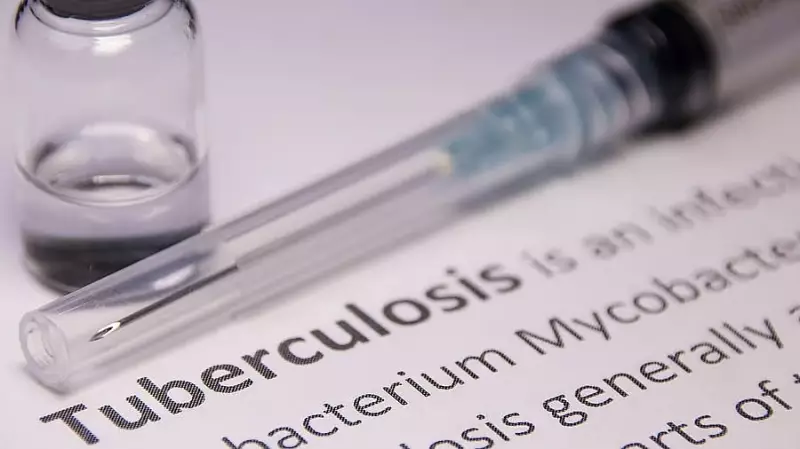
In a significant administrative overhaul, the Karnataka State Tuberculosis Control Institute has been officially dissolved after operating for nearly 15 years. The state government has decided to bring tuberculosis control efforts directly under the health department's wing.
Major Restructuring for TB Control
The institute, which had been functioning since 2009, will now see its responsibilities transferred to the Department of Health and Family Welfare Services. This move represents a fundamental shift in how Karnataka approaches tuberculosis elimination.
According to official documents, the decision was made following recommendations from the National TB Elimination Programme. The restructuring aims to create a more streamlined and efficient system for tackling tuberculosis across the state.
What Changes for Patients and Healthcare Workers
The dissolution doesn't mean reduced focus on TB elimination. Instead, all existing staff from the institute will be reassigned to various positions within the health department. Their expertise will continue to contribute to tuberculosis control efforts.
Key aspects of the transition include:
- Continuation of all TB treatment and prevention programs
- Transfer of technical staff to maintain program quality
- Preservation of institutional knowledge and expertise
- Maintained funding through National Health Mission resources
Looking Toward TB Elimination Goals
This administrative change comes at a critical time when India is working toward its ambitious goal of eliminating tuberculosis by 2025. Karnataka has been a key player in this national effort, and the restructuring is expected to strengthen the state's ability to coordinate TB control activities.
The integration of TB control directly into the health department could potentially improve coordination with other health programs and ensure more efficient use of resources. Health officials emphasize that this move is designed to enhance, not diminish, the state's capacity to fight tuberculosis.
As Karnataka moves forward with this new administrative structure, all eyes will be on how this affects tuberculosis detection rates, treatment outcomes, and progress toward the national elimination target.





